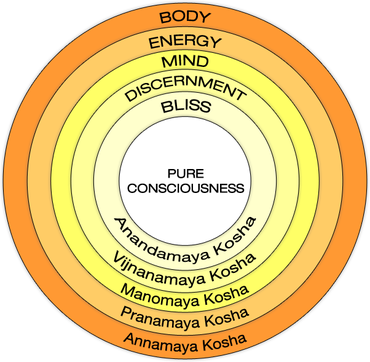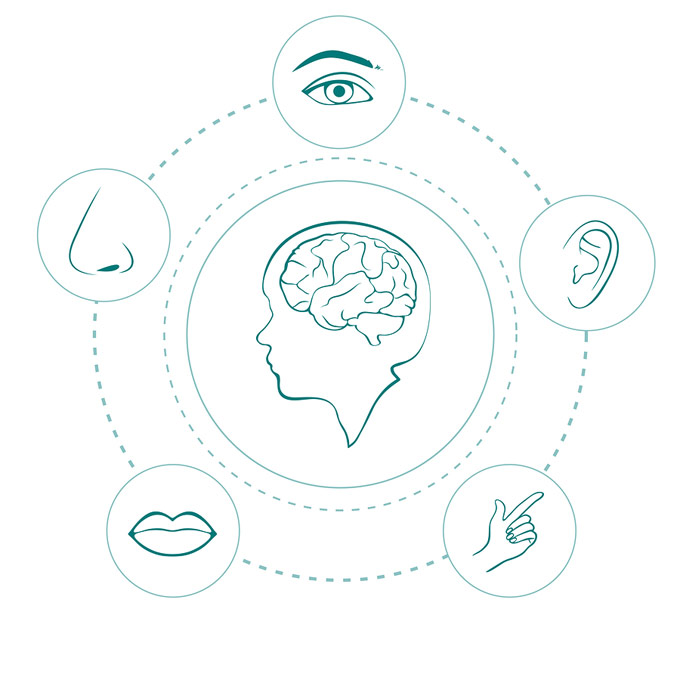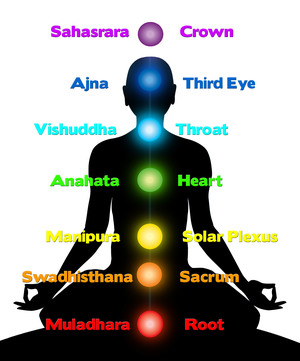The purpose of meditation is to establish within and to handle yourself properly through wisdom and clarity. Being true to yourself is a key point for stability.
Meditation happens through Self realization or introspection which involves the union of the 3 minds ;the lower, middle and higher mind to reach consciousness (no mind). We are drawn by 4 instincts : the desire to eat and discover new things,the desire to sleep,fear/insecurity and pleasure.The ultimate goal of meditation is to understand the tricks of your mind in order to balance all 4 instincts through the union of mind,body and spirit.
I will be helping you through guided meditation to overcome any obstacles that were stopping you from achieving your goals. Obstacles such as food addiction, low self esteem,migraines,digestion problems,lack of focus,depression…
Guided meditation:
1- Yoga Nidra:
 Yoga nidra or yogic sleep is a very powerful meditation technique and one of the easiest yoga practice to develop and maintain.
Yoga nidra or yogic sleep is a very powerful meditation technique and one of the easiest yoga practice to develop and maintain.
While the practitioner lies comfortably in savasana,this systematic meditation takes you through the five layers of self or pancha maya kosha leaving you with a sense of wholeness.
Yoga nidra is a simple way to reduce stress through the stages of body scan and breath awareness ,it also works on releasing long-held emotions and come face to face with what you want to overcome . A Sankalpa* is taken at the beginning of meditation which will help you reach your ultimate goal.Through regular yoga nidra practices you will be able to work on many obstacles (food addiction,poor body image,smoking) that were preventing your wellbeing.
*Sankalpa (Sanskrit: संकल्प) means an intention formed by the heart and mind — a solemn vow, determination, or will. In practical terms a Sankalpa means a one-pointed resolve to focus both psychologically and philosophically on a specific goal.
2-Antar mouna meditation:
 Antar mouna is a Sanskrit term that means “inner silence.” It refers to a yogic meditation technique that involves transforming and controlling thought processes through self-awareness and mindfulness. By internalizing the senses through this form of meditation, the yogi observes the inner and underlying structure of the mind and thought processes.
Antar mouna is a Sanskrit term that means “inner silence.” It refers to a yogic meditation technique that involves transforming and controlling thought processes through self-awareness and mindfulness. By internalizing the senses through this form of meditation, the yogi observes the inner and underlying structure of the mind and thought processes.
Stages of Antar Mouna meditation
- Becoming aware of external sensory perceptions.
- Gaining awareness of spontaneous thoughts.
- Creating and disposing of thoughts.
- Refined awareness and disposal of spontaneous thoughts.
- Creating a state in which there are no thoughts.
- Awareness of inner peace or a stage of thoughtlessness
- Externalization
3- Chakra meditation:

There are seven chakras, or major energy centers, in the human body. Chakra is a Sanskrit word which means “wheel”.
They are centers of force located within your body, through which you receive, transmit, and process life energies.
Each chakra is recognized as a focal point relating to spiritual, physical and emotional energies. The chakras are the network through which your mind, body, and spirit interact as one system.
Each has a corresponding relationship to one of the various glands of the body’s endocrine system, as well as to one of the seven colors of the rainbow spectrum.
The main purpose in working with the chakras is to create wholeness within yourself. In this way, you bring the various aspects of your consciousness from the physical to the spiritual, into a harmonious relationship.
Ultimately, you will begin to recognize that the various aspects of your being all work together, and that each aspect is as much a part of the whole as the others. A big part of meditation is learning how to acknowledge, integrate, and accept all levels of your being.
